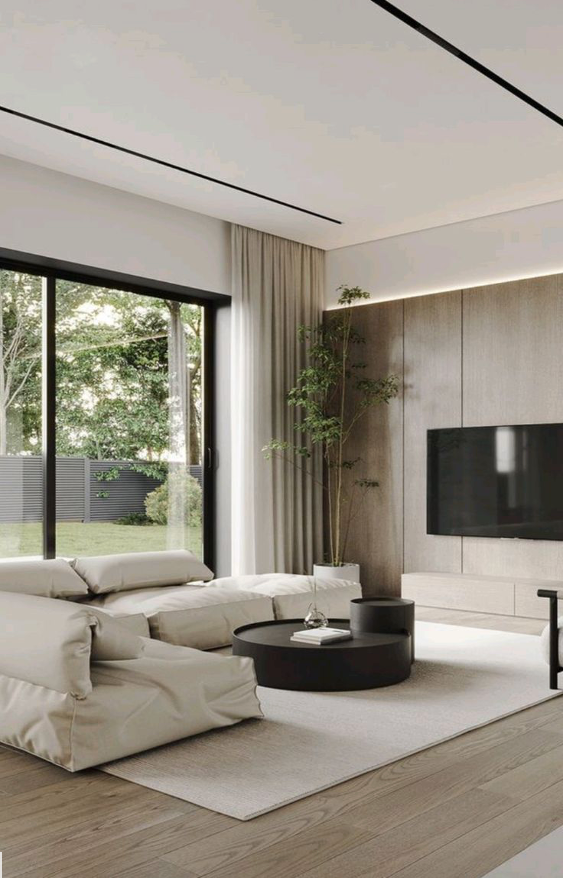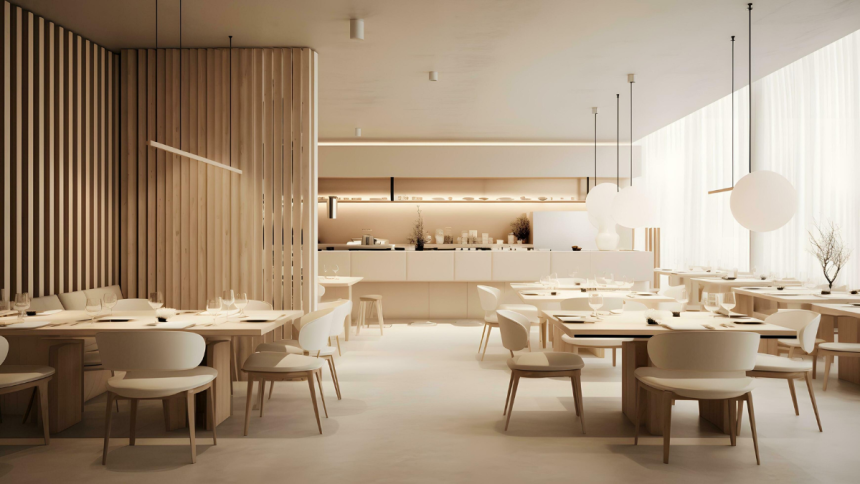Minimalism used to feel like an aesthetic—clean counters, monochrome wardrobes, empty walls. But somewhere along the way, it became more than just a design trend. It turned into something deeper, something more personal: a way of creating space for what matters and learning to let go of what doesn’t.
But let’s be honest—minimalism can come with pressure, too. There’s this idea that you’re doing it “wrong” if you own more than 30 pieces of clothing, or if your kitchen drawer still has that one oddly satisfying collection of mismatched chopsticks and pens. The truth is, minimalism doesn’t have to be extreme. It doesn’t have to be sterile. It doesn’t have to be perfect. It’s not about deprivation—it’s about intention.
Curating a life you love starts with asking simple, honest questions: Does this add value? Does it reflect who I am? Do I really need it, or am I holding onto it out of habit? That applies to objects, habits, even people sometimes. And when you approach it that way, it stops feeling like a chore and starts feeling more like a gift you’re giving yourself.
It’s easy to romanticize the idea of starting fresh, but in reality, most of us don’t live in blank spaces. We have memories, hobbies, tangled drawers, and half-finished journals. Minimalism doesn’t mean erasing all of that—it means choosing carefully what you keep close. You’re not just decluttering; you’re editing your life like a good writer edits a story—keeping the parts that carry meaning, that feel like you.

Take movement, for instance. For some people, it’s running, hiking, or yoga. For others, it’s something more rhythmic or cultural—like Irish dancing. It’s not just about fitness; it’s about connection and expression. Irish dance, in particular, is both traditional and full of joy, with quick steps that demand focus and bring a sense of grounding. And just like anything intentional, it comes with its own kind of gear.
That’s where something as simple as dance shoes from online shops such as Keilys come in. If you’ve ever watched or tried Irish dancing, you know how precise the footwork is. The right shoes help you feel the floor better, move with purpose, and avoid unnecessary strain. They’re not flashy—they’re functional, beautifully made, and made for the movement. It’s a perfect example of intentional living: choosing something not just because it looks nice, but because it’s the right tool for something meaningful to you.
That mindset can extend into the rest of your life, too. Instead of buying things for a life you think you want, start choosing based on the life you actually live. Maybe it’s fewer clothes, but ones that fit you well and feel like your personality. Maybe it’s one really good notebook instead of a stack of half-used ones. Maybe it’s a weekend ritual you protect, where you do nothing except listen to music and recharge.
Curating a life you love doesn’t mean having less—it means having more of what matters. It means making room to breathe. To move. To pay attention to the details that often get buried under clutter, noise, and busyness. Freedom comes not from having nothing, but from choosing enough.
There’s something really beautiful about that kind of simplicity—not the kind you post on social media, but the kind you feel when you wake up and realize you’ve made space for the things that bring you peace, joy, or purpose.
Minimalism doesn’t have to be dramatic. It can be quiet. Soft. Gradual. You don’t need to own nothing—you just need to own what fits. And sometimes, that looks like a clear space. Other times, it looks like a pair of well-worn shoes that help you do the thing you love.
Lynn Martelli is an editor at Readability. She received her MFA in Creative Writing from Antioch University and has worked as an editor for over 10 years. Lynn has edited a wide variety of books, including fiction, non-fiction, memoirs, and more. In her free time, Lynn enjoys reading, writing, and spending time with her family and friends.















